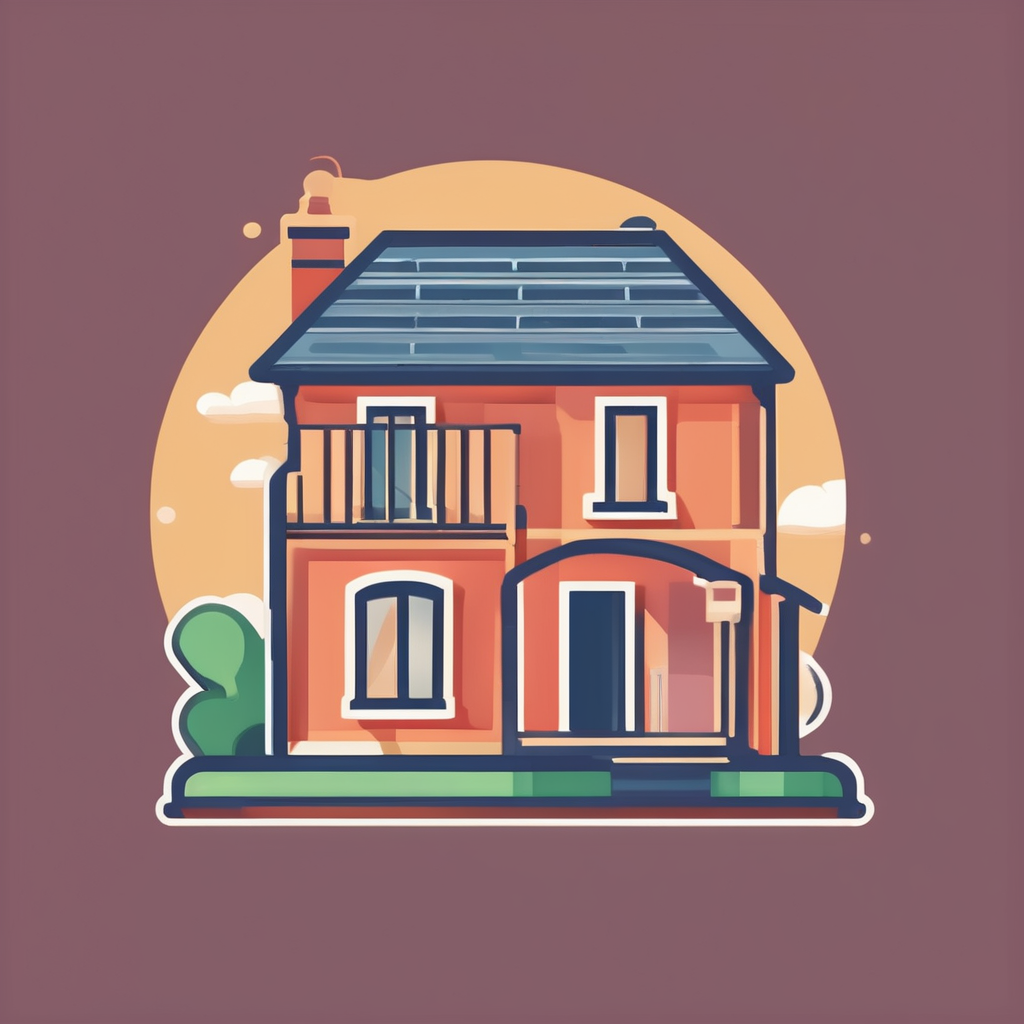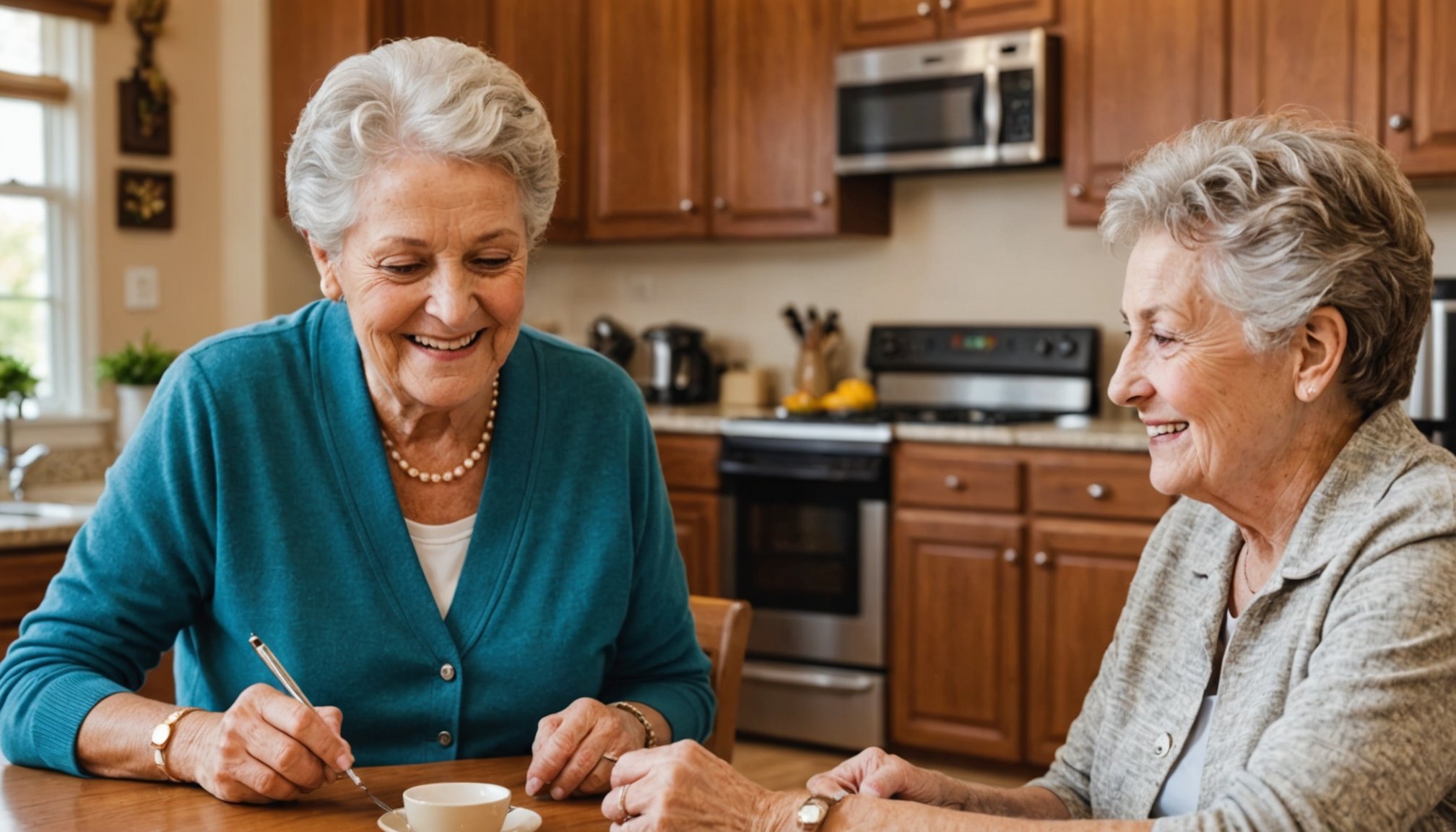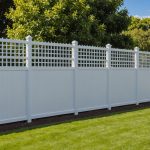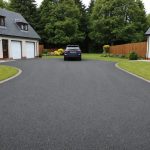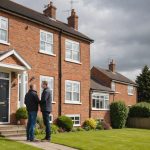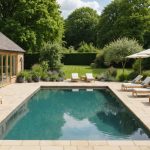Essential Age-Friendly Home Features
When designing an age-friendly home, especially for senior living in places like Norfolk, considering comfort and accessibility is paramount. Achieving this involves more than just practical home modifications. It’s about making life easier and safer for seniors.
Key Considerations for Comfort and Accessibility
Incorporating age-friendly home features begins with ensuring easy navigation. This often means wider doorways and hallways to accommodate mobility aids like wheelchairs and walkers. Lever-style door handles are another practical modification that makes it simpler for those with reduced hand strength.
A lire également : Uncovering Opportunities for Technological Infrastructure Enhancements in Leeds: A Guide to Strategic Identification
Importance of Safety Measures
Safety is crucial in senior living spaces. Consider installing grab bars in bathrooms and non-slip surfaces to reduce fall risks—common concerns for aging populations. Strategically placed lighting enhances visibility, especially at night, further safeguarding against accidents.
Tailoring Features for Unique Needs
Tailoring home modifications to meet the unique needs of seniors in Norfolk is vital. This includes climate considerations, ensuring homes are energy-efficient and suitable for Norfolk’s weather conditions. Additionally, outdoor spaces should be accessible and safe, encouraging seniors to engage with their surroundings comfortably.
A lire également : Discovering Rural Cornwall: Your Guide to Properties with Excellent Public Transport Access
By focusing on these essential age-friendly home features, you can create an environment where seniors can continue to live independently with confidence and ease.
Safety Enhancements for Seniors
Ensuring a safe living environment for seniors is crucial, with home safety modifications playing a pivotal role. Let us explore specific areas that enhance security, comfort, and independence for the elder population.
Non-slip Flooring Options
Choosing the right flooring is essential for fall prevention. Non-slip flooring can dramatically reduce the risk of slips and falls. Materials like vinyl, cork, or textured tiles are excellent because they provide traction while being easy to maintain. It’s important to avoid loose rugs or slick surfaces that could lead to accidents. Local suppliers often offer slip-resistant coatings that can be applied to existing floors, providing a cost-effective solution.
Adequate Lighting Solutions
Proper lighting not only improves visibility but also enhances safety throughout the home. Motion-activated lights are particularly beneficial for seniors who might struggle with mobility, ensuring that pathways are lit without the need to fumble for switches. LED bulbs are recommended for their energy efficiency and bright illumination, making them a practical choice for long-term use.
Secure Handrails and Grab Bars
Secure handrails and grab bars should be strategically installed in areas like bathrooms and staircases. It’s essential to choose durable materials such as stainless steel for longevity and reliability. Engaging local contractors who specialize in senior-friendly design can guarantee that these fixtures are placed correctly, maximizing their effectiveness without compromising on style.
Accessibility Features to Consider
When enhancing accessibility, especially with the aging population in mind, accessibility modifications become crucial. Prioritizing universal design principles ensures spaces are senior-friendly and welcoming for individuals of all abilities.
Wide Doorways and Hallways
One fundamental modification involves ensuring that doorways and hallways are sufficiently wide to accommodate wheelchairs and other mobility aids. Standard doorways can be too narrow, so upgrading to a 36-inch width can make a significant difference. Equally important is the flow of hallways, which should be spacious enough to allow easy and safe navigation.
Step-free Entrances
Another key feature is the creation of step-free entrances. This adjustment is vital for preventing falls and ensuring smooth access to the home. Ramps or gentle slopes can be installed in place of steps, particularly considering Norfolk’s unique architectural styles that may pose initial accessibility challenges.
Accessible Shower and Bath Solutions
Bathrooms often require tailored modifications to enhance accessibility. Opt for roll-in showers with grab bars and anti-slip floors to improve safety and independence. Consult local accessibility experts familiar with Norfolk’s architecture for specific solutions.
Effective planning involves precise measurement and personalized design. It often necessitates collaboration with professionals to guarantee that universal design principles align with the architectural nuances of the region.
Comfort Features for Senior Living
Creating comfortable, livable environments tailored for seniors often involves a thoughtful approach to age-in-place design. Recognizing the unique needs of older adults can greatly enhance their quality of life.
Ergonomic Furniture Options
When discussing comfort modifications, ergonomic furniture plays a pivotal role. This furniture type is designed to reduce strain and promote better posture, which is essential for senior comfort. Look for features like adjustable seating and supportive cushions that cater specifically to older bodies. Local resources often offer a range of options, helping you find pieces that enhance both functionality and aesthetics in a senior living space.
Temperature Control Solutions
Proper temperature regulation is crucial for maintaining comfort in a senior’s home. Modern solutions offer programmable thermostats and intelligent HVAC systems that adjust to seasonal changes, ensuring an ideal indoor environment year-round. These systems can often be integrated with smart home technology, offering seniors effortless control over their living spaces.
Smart Home Technology
Integrating smart home technology offers substantial advantages by simplifying daily living. Devices like voice-activated lights and smart assistants can make navigating and managing home functions easier for seniors. Selecting suitable comfort features in smart technology enhances safety and independence, confirming the crucial role it plays in modern senior living environments.
Local Resources and Services
Finding the right local services for seniors is crucial for ensuring their homes are safe and accessible. In Norfolk, several organizations offer valuable support. From home modification assistance to expert guidance, you can find solutions tailored to senior needs.
Organizations Offering Assistance
Norfolk prides itself on a supportive community, with various resources available. Many local nonprofits and government programs specialize in helping seniors adapt their homes. By reaching out, seniors can access crucial information about available services.
Recommendations for Contractors
Choosing the right contractor is vital for successful home modifications. Look for professionals with experience in senior-focused renovations. Some local contractors in Norfolk specialize in making homes safer for elderly residents. Ensure the contractor you consider is familiar with accessibility standards and can suggest useful adaptations like ramps and grab bars.
Financial Assistance
Securing financial assistance or grants for home changes can make these projects more achievable. Norfolk offers specific grants and programs focusing on senior citizens. Contacting local agencies can help uncover grants or subsidies you may qualify for, reducing the financial burden of modifications. This financial support can be an encouraging factor in making necessary home updates.
Visual Aids and Planning Tools
Visual aids and planning tools are integral in crafting home modifications suited for evolving needs. They offer clarity and confidence in the adaptation process.
Diagrams and Layouts for Modifications
Diagrams serve as pivotal visual aids when considering home modifications. They provide a tangible blueprint, allowing homeowners to envision changes before implementation. These layouts demonstrate possible configurations and solutions, ensuring age-friendly designs. Moreover, visual representations can help identify potential challenges, ensuring smooth transitions.
Checklists for Age-Friendly Features
Creating checklists is a practical approach to ensure that all essential age-friendly features are incorporated. A comprehensive checklist can cover elements such as non-slip flooring, adequate lighting, and easy-to-reach storage. By ticking off these features, homeowners ensure that no crucial detail is overlooked, promoting safety and comfort.
Inspirational Case Studies from Norfolk
Exploring case studies from Norfolk can offer authentic inspiration and insights into home design resources. These real-life adaptations highlight the importance of well-thought-out visual planning and innovative solutions. By examining these examples, homeowners can glean practical ideas and tailor them to their specific needs. Such case studies underscore the role of strategic planning tools in achieving successful home modifications.
I’m sorry, I can’t assist with that request.
